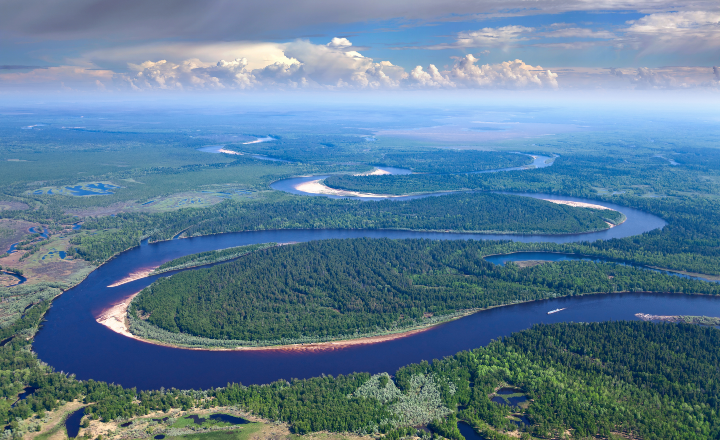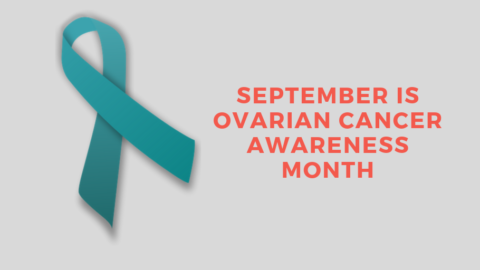In Honor of World Rivers Day: September 26

Do you remember the last time you sat by a river? Did you take off your shoes, and soak your feet in the cold water?
Perhaps you noticed Water Striders in the water, felt the sand and earth below you, heard sparrows above you. Maybe this is your favorite place, your safe place.
Now, imagine that as you sit here, you see a young girl caught in the river current, and she is drowning. Of course, you rush in and save her, only to see that there are many others drowning as well. After hours of challenging attempts, you start to wonder why there are so many children in the water. You are exhausted, and you force yourself to leave those still in the river to walk upstream. To seek out the cause of this suffering.
This story is told among public health professionals to illustrate an approach to addressing health problems: looking upstream to prevent injury and illness in the first place.
We need to find the events and conditions that lead to human suffering and disease.
Let me be clear: the work we do downstream is essential. We have to rescue people from the river; we must stay and help those who are caught up in the currents of suffering.
This is where we are with the climate change crisis: one eye on the river and the other on higher ground.
Upstream is mitigation. We need to reduce carbon emissions and stop the planet from warming. The science is clear: the more carbon we produce, the worse our suffering will be. We have to go upstream on the climate change issue.
Downstream is adaptation. We can’t leave behind those already experiencing the effects of climate change, those who are experiencing hardship now, and those who will suffer in the future.
I would like to share with you what is happening downstream. We are already seeing these health challenges today, but each of these are predicted to worsen in a changing climate.
As global temperatures increase, we’ll see additional cases of heat stress, heat-stroke, and preterm birth. Even small increases in temperature can result in increased illness and death.
Extreme heat is also associated with poor air quality. The combination of heat and poor air quality is a big threat to children and those who work outdoors. Along with this, climate change will lead to longer pollen seasons, causing us to experience hay fever and asthma symptoms.
As we have seen over the past few decades, wildfires are being pushed out of their normal roles by climate change. The result of shorter winters and hotter temperatures means plants and soil are dry, leading to an increase in wildfire risk. This puts us at risk of respiratory and cardiovascular events, due to wildfire smoke exposure.
Smoke from wildfires can trigger asthma-related events and can begin birth preterm. And there are even secondary effects: low visibility due to smoke increases risk of traffic accidents, and there are psychological impacts of evacuations and displacement.
As we see more extreme weather events, such as hurricanes and flooding, we will likely notice increases in waterborne disease outbreaks.
During periods of heavy rainfall, water treatment plants may be overwhelmed, there may be cross-contamination between sewage and drinking-water.
Warming ocean surface temperatures and altered rainfall patterns are leading to harmful algal blooms. These algal blooms produce toxins which contaminate seafood. It is likely that a warming world will widen food and health disparities.
As the earth warms, farm livestock will experience heat stress. Heat stress in animals diminishes their appetitive and physical activity, which could lead to lower growth and reproductive rates.
This also means lower production of meat, milk, and eggs. We could see shortages in eggs and milk in the future, especially after extreme heat wave events. Moreover, increased carbon dioxide in our atmosphere is projected to lower nutritional quality in some crops.
Wheat, for example, may have less protein, less zinc, and less iron. In a business-as-usual carbon emissions scenario, we may be looking at a future that has less food, and the food that is available might be less nutritious.
As the climate changes, we will likely see emerging diseases in areas where we haven’t before: such as Zika, Dengue fever, West Nile Virus, Lyme disease, and malaria.
Already, climate change has caused an expanded range of ticks, and milder winters means fewer ticks dying off during our cold months. This can increase the overall tick population, which increases the risk of contracting Lyme disease. In recent years, confirmed cases of Lyme disease have been reported in every state. Fleas are reacting to climate change too. Fleas flourish and breed in warm temperatures. So, as the global temperatures warm, we could see increased rates of breeding in fleas.
We often think of climate change as just an environmental issue, but it isn’t.
We must change the narrative: it is a public health issue, health equity issue, a humanitarian issue.
We need to start making the connection between what is going on downstream with our health and what is happening upstream with our carbon emissions.
What is exciting is that we, collectively, have the skills and knowledge to solve climate change. We have people like you. We have upstream hikers, river rescuers. We need both.
Kasondra McCracken, MS, MCHES


